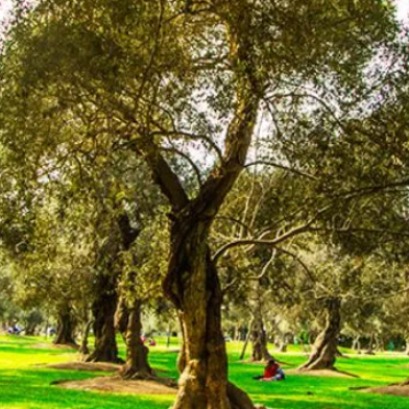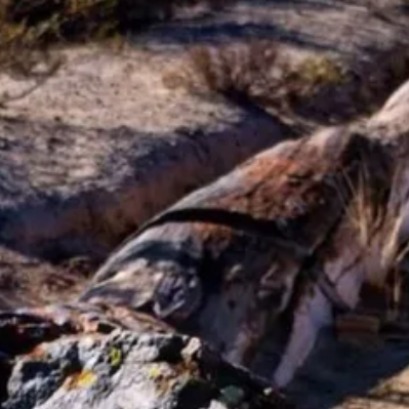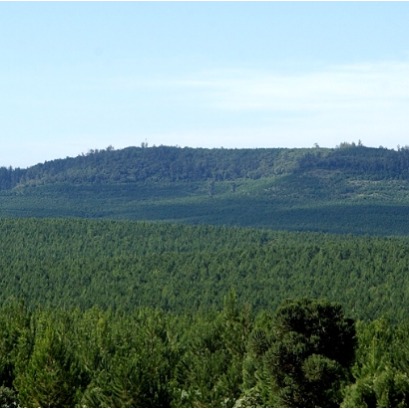
The city in South America that breathes thanks to a thousand olive trees planted in the 17th century
In the heart of South America there is a city that, among the noise and concrete, still breathes thanks to an olive forest
In the heart of South America, there is a city that breathes thanks to its olive trees. In the midst of the bustle, between avenues and modern buildings, a forest of olive trees keeps alive the memory of a country that still converses with its history. It is a place where the city stops to listen to the sound of the leaves and the sigh of time. We tell you how those trees were planted and where in South America they are found. The city in South America that breathes thanks to a thousand olive trees planted in the 17th century That city in the region of South America is Lima, capital of Peru, a metropolis that beats in front of the Pacific Ocean and keeps in its heart a green lung that seems to stop time: the El Olivar Forest, in the district of San Isidro. In the midst of the accelerated pace of the city, this natural space reminds us that the soul of A city can also be found under the shade of a tree. Its history dates back to the 16th century, when the Spanish knight Antonio de Rivera brought three olive tree seedlings from Seville. Only one survived, but its strength was enough to multiply and fill the landscape with more than a thousand trees. Tradition says that San Martín de Porres, the humble saint of Peru, planted one of these olive trees with his own hands in the 17th century. His gesture, born of love for the land and faith, symbolizes the humility that flourishes in the small. Since then, the Olive Grove trees have stood as guardians of time, breathing alongside the city and offering shade, air and beauty. What is this South American olive forest like? The place was declared an Environmental Conservation Area, which guarantees its care and preservation. More than 10 hectares of urban land preserve the harmony between nature, history and architecture. • Around 44 species of trees grow inside, although olive trees are the true protagonists. They represent about 85% of the total vegetation and were the first to take root in this Lima soil. • Among the trees, an Araucaria stands out, more than 40 meters high and nearly 80 years old, considered a heritage tree. Its presence is a column of time that connects past and present. • The El Olivar Cultural Center, the Municipal Library and the Marina Núñez del Prado House Museum operate in the surroundings of the trees, where art and history coexist with nature.
IT MAY INTEREST YOU
 The forest of the oldest shadows: the story of the petrified trees
The forest of the oldest shadows: the story of the petrified trees
One of the natural treasures of Río Negro turns 23 years old under the protection law that allows its conservation. Where it is and how it was formed. Río Negro celebrates 23 years of conservation in the petrified forest as a Protected Natural Area (ANP). It is a space of 625 hectares that protects an exceptional site of fossil trunks that date back more than 60 million years.
 Combilift Unveils the 2025 Christmas video “Twelve Days of Christmas” – with a Twist!
Combilift Unveils the 2025 Christmas video “Twelve Days of Christmas” – with a Twist!
Monaghan, Ireland – November 2025
 Free seminar on the implementation of the European EUDR regulation on deforestation-free wood products
Free seminar on the implementation of the European EUDR regulation on deforestation-free wood products
The Argentine Forestry Association (AFoA) organizes the seminar «EUDR in Forest Products: Current status of implementation. Regulatory requirements and private experiences", which will take place on Wednesday, November 26, from 11:00 a.m. to 12:00 p.m., via Zoom, with live streaming on YouTube. The European Regulation on Deforestation-Free Products (EUDR) will enter into force on December 31, 2025 and will impose new requirements for forest products entering the European Union market.





















